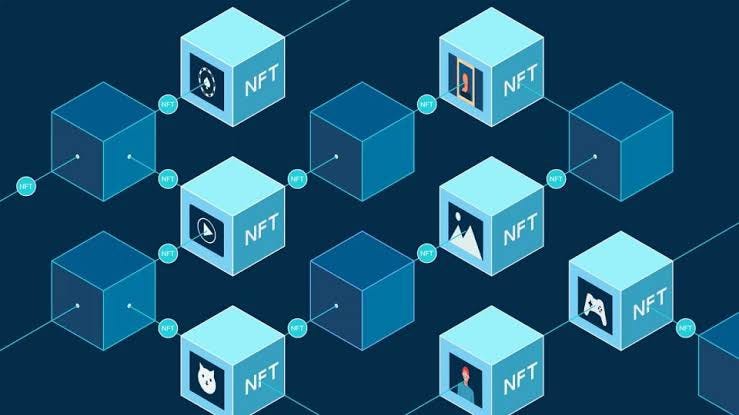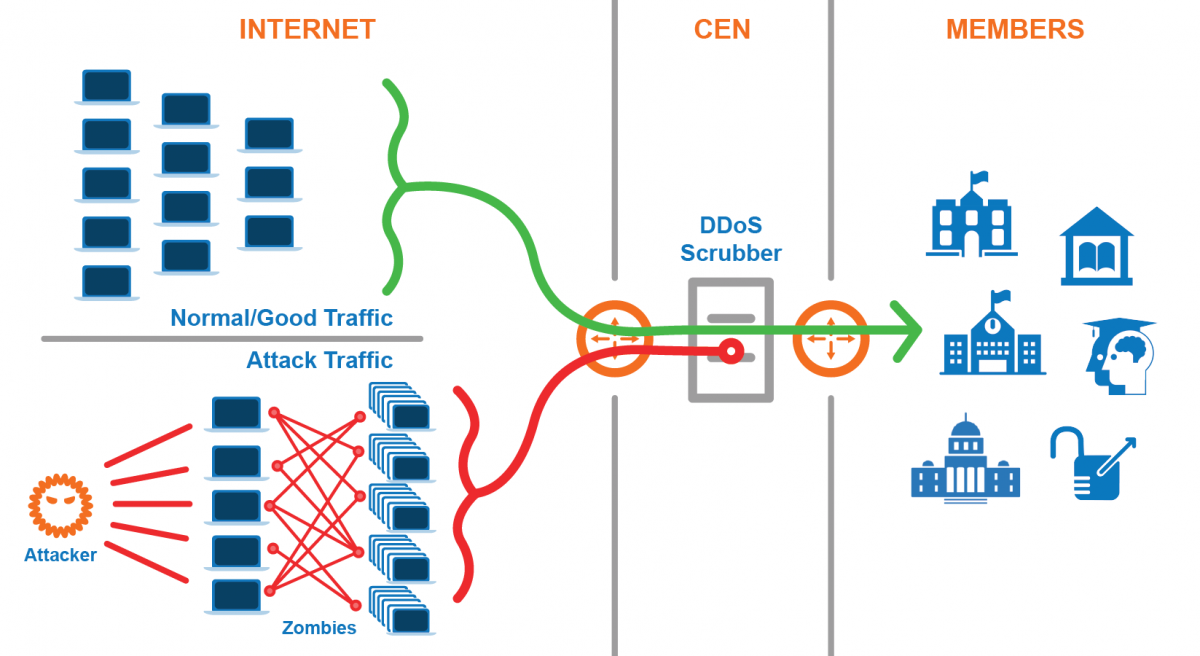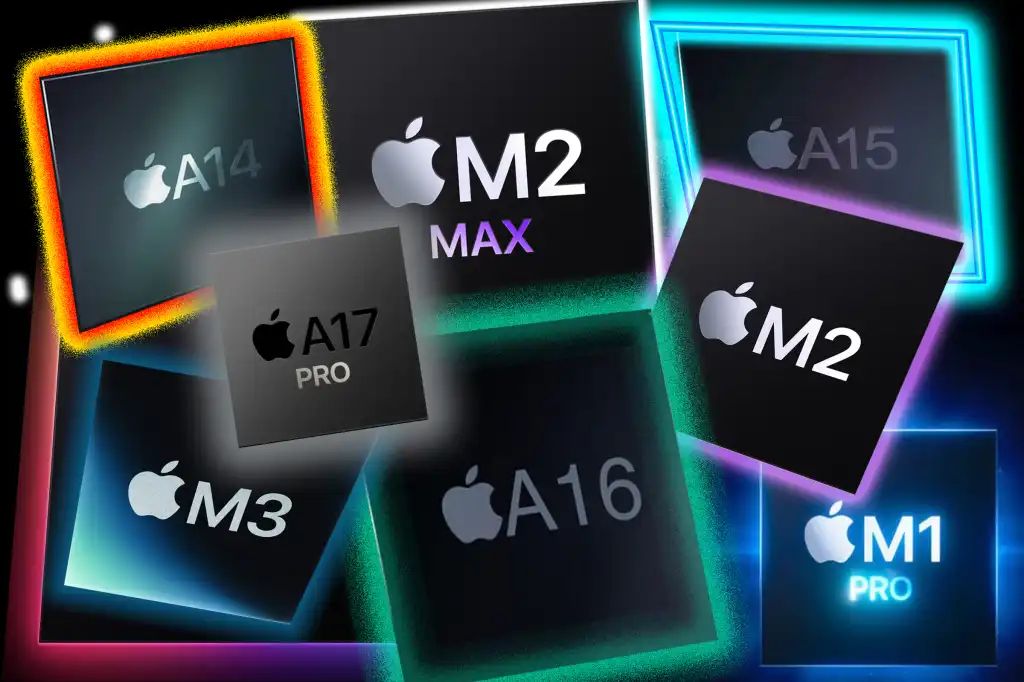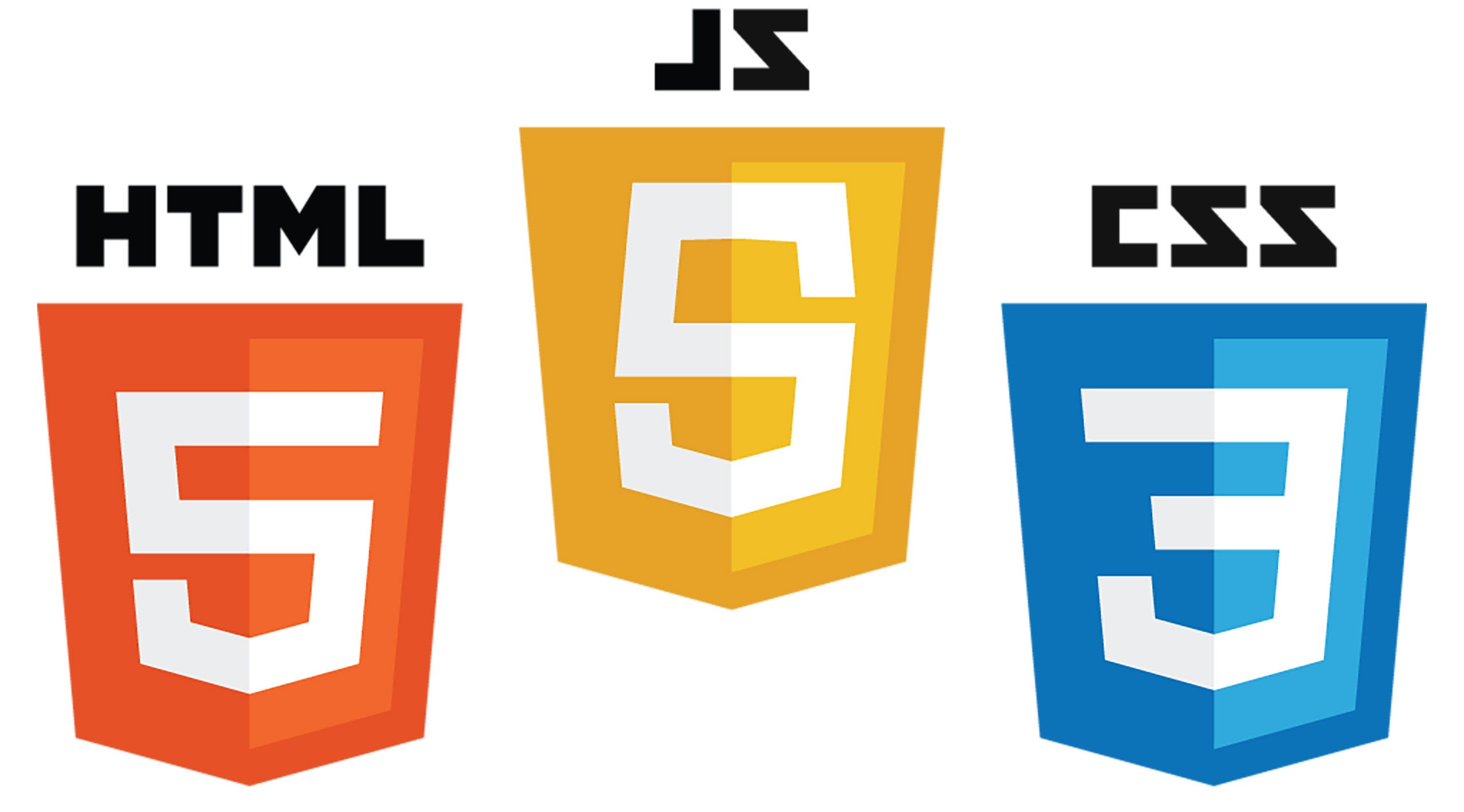justineanweiler.com – Blockchain technology has become one of the most talked-about innovations of the 21st century, transforming sectors from finance to supply chains, healthcare, and beyond. The concept behind blockchain is rooted in a decentralized, secure, and transparent way of recording transactions, and its applications are vast. Here, we’ll explore how blockchain works, breaking down its fundamental components and explaining why it’s revolutionizing how we store and transfer data.
1. What is Blockchain?
Blockchain is a digital, decentralized ledger that records transactions across many computers so that the records are secure, immutable, and transparent. Instead of relying on a single entity to validate and store information, blockchain uses a network of nodes (computers) to validate and record each transaction. This distributed approach makes blockchain resilient to fraud and unauthorized tampering.
Think of it as a “chain” of “blocks,” where each block contains transaction data, a timestamp, and a unique identifier. Once information is added to the blockchain, it’s incredibly difficult to alter, ensuring a high level of security.
2. Key Components of Blockchain Technology
- Blocks: The foundational unit of a blockchain. Each block contains transaction data, a timestamp, a unique identifier (called a “hash”), and the hash of the previous block.
- Chains: A series of blocks connected to form a chain. Each block references the previous block’s hash, creating a sequential, time-ordered record.
- Decentralization: Instead of a central authority, blockchain relies on a network of nodes (computers) that verify and validate transactions. This makes it resistant to control by any single party.
- Consensus Mechanisms: To ensure the validity of transactions, blockchain networks use consensus mechanisms. The most common include Proof of Work (PoW), used by Bitcoin, and Proof of Stake (PoS), used by many newer blockchains.
- Cryptography: Blockchain uses advanced cryptographic techniques to secure data. Hash functions convert data into a unique string of characters, and digital signatures verify user identities.
3. How Blockchain Transactions Work
Here’s a simplified breakdown of how a transaction is added to a blockchain:
- Transaction Initiation: Suppose Alice wants to send money to Bob. She initiates a transaction request.
- Verification: The transaction is broadcast to a network of computers (nodes), where it awaits validation.
- Validation: Nodes use a consensus mechanism to agree on the legitimacy of Alice’s transaction. In Proof of Work, nodes (miners) solve complex mathematical puzzles to validate transactions.
- Recording in a Block: Once validated, the transaction is bundled with others into a block.
- Chain Link: The new block is added to the blockchain by referencing the previous block’s hash, creating a chronological chain.
- Transaction Completion: The transaction is confirmed, and Alice’s transfer to Bob is complete.
4. Types of Blockchain Networks
- Public Blockchains: Open and accessible to anyone. Examples include Bitcoin and Ethereum, where anyone can participate, validate, and view transactions.
- Private Blockchains: Restricted to a particular group, often within companies or institutions that require greater control and privacy.
- Consortium Blockchains: Semi-decentralized and managed by a group of organizations or entities, common in industries where multiple parties require shared access to data.
- Hybrid Blockchains: Combine aspects of both public and private blockchains, allowing for controlled access while still providing transparency.
5. Applications of Blockchain Technology
- Cryptocurrencies: Blockchain’s original and best-known use case is in digital currencies like Bitcoin and Ethereum, where it provides a secure and transparent transaction ledger.
- Supply Chain Management: Blockchain allows companies to track goods from origin to end, enhancing transparency and reducing fraud.
- Smart Contracts: Self-executing contracts with the terms directly written into code, eliminating the need for intermediaries in transactions.
- Healthcare: Securely storing patient data and ensuring it’s accessible only to authorized parties, enabling more efficient and safe data sharing.
- Voting Systems: By ensuring transparency and immutability, blockchain could improve the security and integrity of election systems.
6. Blockchain Security and Privacy
Blockchain’s security is rooted in its distributed nature, cryptographic security, and consensus mechanisms. However, privacy in blockchain is complex. Public blockchains are transparent, meaning anyone can view the transactions. To address this, developers use advanced cryptographic techniques, like zero-knowledge proofs, to allow data verification without revealing the underlying data.
7. Challenges and Limitations
While revolutionary, blockchain faces challenges:
- Scalability: Processing transactions across multiple nodes can slow down networks, particularly for public blockchains.
- Energy Consumption: Proof of Work mechanisms are energy-intensive, raising environmental concerns.
- Regulation and Compliance: Blockchain’s decentralized nature creates regulatory challenges, particularly in finance.
- Privacy Concerns: Full transparency can clash with data privacy needs, necessitating privacy-enhancing techniques.
8. The Future of Blockchain
As blockchain technology evolves, it’s likely to become more scalable, energy-efficient, and versatile. Innovations like Layer 2 solutions (such as the Lightning Network) aim to improve scalability, while new consensus mechanisms, like Proof of Stake, reduce energy consumption. Meanwhile, blockchain’s integration with technologies like the Internet of Things (IoT), artificial intelligence, and 5G will further expand its applications.
Conclusion
Blockchain’s secure, transparent, and decentralized framework offers a fundamentally new way to store and manage data. While initially created to support cryptocurrencies, blockchain’s potential goes far beyond digital currency, with industries worldwide exploring how to leverage it for their own unique needs. As blockchain continues to mature, it promises to reshape the future of technology, enabling a more open, secure, and decentralized digital world.















Leave a Reply